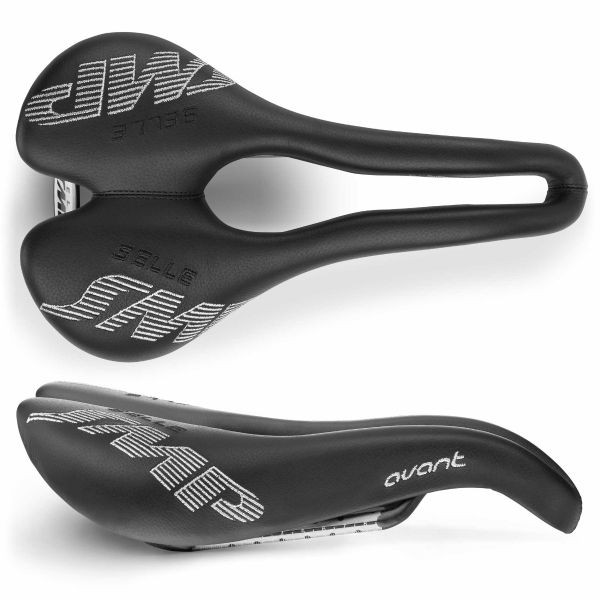For many cyclists, the quest for a comfortable ride often begins with the bike seat. Gel Bike Seats, promising plush cushioning, seem like an obvious solution for those seeking relief from saddle soreness. But are gel seats truly the best path to cycling comfort, or are there better alternatives to consider? Let’s explore the world of bike seats and delve into whether a gel bike seat is the right choice for you.
Many riders are initially drawn to gel bike seats because of their soft, yielding nature. The idea of a thick layer of gel between you and the hard saddle seems like a recipe for blissful, pain-free cycling. Indeed, for very short rides or casual spins, a gel bike seat might feel more comfortable right away compared to a firmer, less padded option. The squishy texture can absorb some initial bumps and vibrations, giving a sense of immediate cushioning.
However, the initial comfort of a gel bike seat can sometimes be deceiving, particularly for longer rides or more intense cycling. One common issue that arises with gel seats is “rocking.” As you pedal and increase your cadence, the soft gel can compress and move excessively under your sit bones. This movement can lead to friction and chafing, ultimately contributing to soreness rather than preventing it. Furthermore, gel seats, especially thicker ones, can trap heat and moisture, which can also increase discomfort on longer rides.
Beyond these issues, a critical factor in bike seat comfort is proper fit. A bike seat that is too wide or too narrow for your anatomy can cause significant discomfort, regardless of the padding material. Many cyclists mistakenly believe that more padding equals more comfort, leading them to choose overly padded gel seats that are actually the wrong shape and size for their body.
A better approach to finding a comfortable bike seat often involves understanding your sit bone width. Your sit bones are the bony prominences at the base of your pelvis that should bear your weight on the saddle. Local Bike Shops (LBS) are invaluable resources in this process. Many shops have simple tools, like a gel or foam pad, that you can sit on to measure the distance between your sit bones. This measurement provides a crucial starting point for selecting the correct seat width. It’s not about measuring how “big your butt is,” as some might jokingly think, but about the skeletal structure that dictates proper saddle support.
 Selle SMP Avant Bike Seat
Selle SMP Avant Bike Seat
Interestingly, many experienced cyclists and bike fitters often recommend firmer bike seats, often those with minimal gel or padding, once you have determined the correct width. These firmer seats, often constructed with leather or leather-like materials over dense foam, provide stable support for your sit bones. Instead of sinking into a gel layer, your weight is distributed more effectively, reducing pressure points and friction over longer distances.
To further enhance comfort, particularly on rough roads or trails, consider a suspension seatpost. A suspension seatpost works independently of the saddle itself to absorb shocks and vibrations from the road. By isolating these impacts, a suspension post can significantly improve ride quality and reduce fatigue. Combining a properly fitted, firm saddle with a suspension seatpost can often provide a more comfortable and efficient riding experience than relying solely on a heavily padded gel bike seat.
One rider’s experience highlights this shift in perspective: Initially drawn to the promise of gel seats for e-bikes, they found that while seemingly comfortable at first, these seats caused “rocking” and soreness during longer, higher cadence rides. Seeking expert advice from a local bike shop, they were measured for sit bone width and introduced to a firmer, leather-wrapped seat. The result was transformative. While some soreness is still possible on very long rides, the overall comfort and riding experience improved dramatically. The addition of a suspension seatpost is now being explored to further optimize long-distance comfort.
In conclusion, while gel bike seats may seem appealing for their initial softness, they are not always the best solution for long-term cycling comfort. Prioritizing proper bike seat fit based on your sit bone width is paramount. Exploring firmer seats that provide stable support and considering a suspension seatpost to absorb road vibrations are often more effective strategies for achieving lasting comfort on your bike. Visit your local bike shop, get measured, and experiment with different seat types to discover what works best for your individual needs and riding style.
